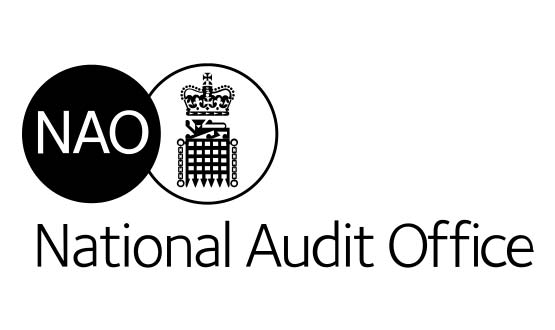The National Audit Office has become the latest organisation to conclude that the NHS is under “growing financial stress” and to warn that “these trends are not sustainable.”
In a report issued this morning, the government’s financial watchdog says that at the end of June NHS trusts were forecasting a net deficit in the current financial year of £404m and that foundation trusts were forecasting a net deficit of £108m.
This makes it unlikely that the NHS as a whole will break even this year, or finish with a surplus as it did last year.
In 2013-14, under-spending by NHS England and clinical commissioning groups enabled the NHS in England to achieve a total net cumulative surplus of £722m, but this year it is looking at a net deficit of £45m.
In a statement, Amyas Morse, the head of the NAO, said: “An increasing number of healthcare providers and commissioners are in financial difficulty. The growth trend for numbers of NHS trusts and foundation trusts in deficit is not sustainable.”
He also urged the Department of Health to work with NHS England, the NHS Trust Development Authority and Monitor to address underlying financial pressures, to reduce the reliance on the cash support that is being used to prop up distressed trusts.
The NAO’s report says that in 2013-14, the Department of Health issued £500m to 21 trusts and ten foundation trusts “to ensure that organisations in difficulty had the cash they needed to pay staff and creditors.”
In 2008, the then-chief executive of the NHS, Sir David Nicholson, warned that the NHS could face a £20 billion gap between flat funding and growing demand and rising costs, if it failed to find quality, innovation, productivity and prevention savings to bridge it.
Since then, the NHS as a whole has managed to hold down the tariff and wages to achieve these savings, but it has failed to make more fundamental reforms.
Last month, Simon Stevens, the chief executive of NHS England, issued a ‘Five Year Forward View’ calling for a new focus on public health and new, more efficient models of care to address this aspect of the financial gap, which could grow to £30 billion by 2020-21.
The National Information Board is due to issue a ‘framework’ next week, to set out the role of IT and information in delivering these plans.
However, the NAO’s findings, and similar reports from the King’s Fund and Nuffield Trust, suggest that parts of the NHS are under immediate financial stress; and may struggle to get to May’s general election, when any incoming government will have tough decisions to make on NHS finance and reform.
The NAO report highlights two further, pressing financial issues. One is the decision to pay acute trusts a third of the full tariff for any emergency admissions over those experienced in 2008-9.
This was supposed to reduce demand by diverting emergency admissions to community, primary and other services. However, not only has this not happened, but emergency admissions have since risen 62%, leaving trusts to do this work at a loss.
The NAO notes that this raises “considerable uncertainty about the impact of initiatives such as the Better Care Fund”, which is stripping money out of the acute sector for social care, and which is also supposed to divert or reduce demand.
The second issue is that in the coming financial year, trusts are budgeting to spend more on services than clinical commissioning groups are budgeting to pay for them. The report says that as of August, “income forecasts exceeded planned commissioning spending by £404m for 2014-15”; with the gap widening to £2.2 billion for 2015-16.
In effect, it adds, this is another measure of the immediate and growing gap between funding and demand; as well as a vote of no-confidence in the ability of the present, complex and fragemented commissioning system to reduce demand.

